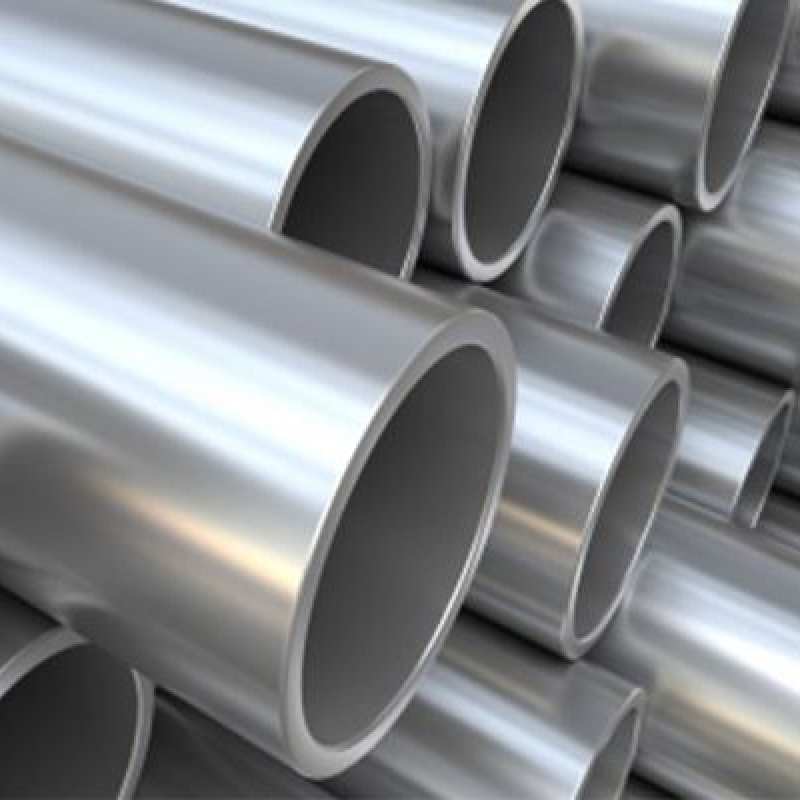-
Cangzhou Yulong Steel Co., Ltd.
-
Phone:
+86 13303177267 -
Email:
admin@ylsteelfittings.com
- English
- Arabic
- Italian
- Spanish
- Portuguese
- German
- kazakh
- Persian
- Greek
- French
- Russian
- Polish
- Thai
- Indonesian
- Vietnamese
- Zulu
- Korean
- Uzbek
- Hindi
- Serbian
- Malay
- Ukrainian
- Gujarati
- Haitian Creole
- hausa
- hawaiian
- Hebrew
- Miao
- Hungarian
- Icelandic
- igbo
- irish
- Japanese
- Javanese
- Kannada
- Khmer
- Rwandese
- Afrikaans
- Albanian
- Amharic
- Armenian
- Azerbaijani
- Basque
- Belarusian
- Bengali
- Bosnian
- Bulgarian
- Catalan
- Cebuano
- China
- China (Taiwan)
- Corsican
- Croatian
- Czech
- Danish
- Esperanto
- Estonian
- Finnish
- Frisian
- Galician
- Georgian
- Kurdish
- Kyrgyz
- Lao
- Latin
- Latvian
- Lithuanian
- Luxembourgish
- Macedonian
- Malgashi
- Malayalam
- Maltese
- Maori
- Marathi
- Mongolian
- Myanmar
- Nepali
- Norwegian
- Norwegian
- Occitan
- Pashto
- Dutch
- Punjabi
- Romanian
- Samoan
- Scottish Gaelic
- Sesotho
- Shona
- Sindhi
- Sinhala
- Slovak
- Slovenian
- Somali
- Sundanese
- Swahili
- Swedish
- Tagalog
- Tajik
- Tamil
- Tatar
- Telugu
- Turkish
- Turkmen
- Urdu
- Uighur
- Welsh
- Bantu
- Yiddish
- Yoruba

Dec . 04, 2024 09:53 Back to list
6 x 4 Concentric Reducer Specifications and Applications for Seamless Transitions
Understanding 6 x 4 Concentric Reducers
In the realm of piping systems, reducers play a crucial role in the efficient transportation of fluids and gases. Among the various types of reducers available, the concentric reducer is particularly notable due to its application versatility and design simplicity. This article will delve into the specifics of a 6 x 4 concentric reducer, examining its features, uses, and advantages.
What is a Concentric Reducer?
A concentric reducer is a piping component that helps transition from a larger diameter pipe to a smaller diameter pipe, or vice versa. It does this by gradually reducing the pipe's diameter in a concentric manner—meaning that the centerline of the inlet and outlet pipes is aligned. This design minimizes turbulence and pressure loss, thereby enhancing the efficiency of fluid flow.
The term 6 x 4 indicates the dimensions of this specific reducer. In this case, the larger end has a diameter of 6 inches (6”) while the smaller end measures 4 inches (4”). This size ratio makes it ideal for a variety of industrial applications where the flow needs to be controlled or redirected smoothly.
Design Features
The primary components of a concentric reducer include
1. Body The main section that includes the larger and smaller diameters. It is typically constructed from robust materials such as stainless steel, carbon steel, or PVC, which ensures durability and resistance to corrosion. 2. Angle of Transition The slope or angle at which the reducer transitions between the two diameters can vary, affecting the flow characteristics. A smoother transition usually leads to reduced turbulence. 3. End Connections Depending on the piping system, the ends of a concentric reducer can feature different types of connections, such as weldable, flanged, or threaded, allowing for versatile installation options.
Applications
6 x 4 concentric reducer

The 6 x 4 concentric reducer can be found across various industries
- Oil and Gas In pipeline systems, concentric reducers facilitate the efficient flow of crude oil, natural gas, or refined fuels by connecting pipes of varying sizes. - Water Supply Municipal water systems utilize these reducers to manage water flow from larger main pipes to smaller distribution lines, ensuring adequate pressure and flow rates. - Chemical Processing In chemical plants, these reducers are used to handle different types of fluids, enabling the safe and effective transportation of chemicals through their processing systems. - HVAC Systems In heating, ventilation, and air conditioning systems, concentric reducers regulate airflow to maintain desired temperature and climate control.
Advantages of Using Concentric Reducers
1. Efficient Flow Control The design of concentric reducers promotes smoother fluid flow, reducing turbulence and energy loss, which is critical in maintaining the efficacy of conveyance systems.
2. Structural Integrity With uniform thickness and robust materials, concentric reducers offer enhanced strength and durability. This structural integrity is especially important in high-pressure applications.
3. Versatility The option to connect to various types of piping systems makes concentric reducers suitable for an extensive array of applications across multiple industries.
4. Cost-Effectiveness By minimizing energy loss and maintaining system integrity, the long-term operational costs associated with maintenance and fluid transport efficiency are significantly decreased.
Conclusion
In summary, the 6 x 4 concentric reducer is a vital component in the world of piping systems. Its ability to facilitate smooth transitions between different pipe diameters optimizes fluid flow and enhances system performance. By understanding the design, applications, and advantages of concentric reducers, industries can leverage this technology to improve operational efficiency and ensure long-term reliability in their piping infrastructure. As industrial demands evolve, the role of such components will continue to be integral in supporting a wide spectrum of fluid conveyance needs.
Latest news
-
ANSI 150P SS304 SO FLANGE
NewsFeb.14,2025
-
ASTM A333GR6 STEEL PIPE
NewsJan.20,2025
-
ANSI B16.5 WELDING NECK FLANGE
NewsJan.15,2026
-
ANSI B16.5 SLIP-ON FLANGE
NewsApr.19,2024
-
SABS 1123 FLANGE
NewsJan.15,2025
-
DIN86044 PLATE FLANGE
NewsApr.19,2024
-
DIN2527 BLIND FLANGE
NewsApr.12,2024
-
JIS B2311 Butt-Welding Fittings LR/SR 45°/90° /180°Seamless/Weld
NewsApr.23,2024











